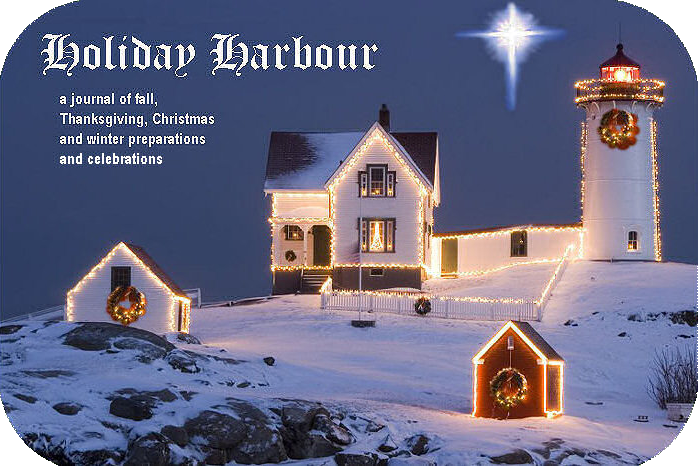Once Upon a Wardrobe, Patti Callahan
It's December 1950 in Worcestershire, England. Megs Devonshire is a young woman fascinated by mathematics and facts, with not a lot of room in her world for fancies, who attends Somerville College at Oxford University. The one thing she loves more than numbers and logic is her family, especially her eight-year-old brother George, who was born with a heart condition and spends most of his life in bed. His one consolation is reading, and as the story opens, his soul is on fire from a new book he finished, The Lion, The Witch, and the Wardrobe. Megs sees it as just another storybook, but George requests that since she attends Oxford, where C.S. Lewis teaches at a different college, she must ask him "Is Narnia real?" And if it isn't, where did it come from?
Megs, reluctant to address Lewis on campus, follows him one day to "The Kilns," the home he shares with his brother, and she is found by "Warnie" Lewis, who introduces her to his brother, who prefers to be known as "Jack." But when she asks him about Narnia, instead he starts telling her the story of his life, and while George loves the stories she brings home about "young Jack," she is continually frustrated: why won't he tell her the one thing George wants to know? But even as she tells George the stories, it awakens his creativity and curiosity, and also, with the help of a redheaded fellow student named Padraig Cavender, opens Megs' mind to the unseen mysteries of the world, the ones that can't be explained by maths and facts. In fact, it is Padraig that eventually makes George's Christmas wish come true.
Callahan works a bewitching magic in this book; her vocabulary is pitch-perfect vintage English, and she describes Oxford, the Kilns, and even the Devonshires' cozy house with such warmth that it's like walking out of the wardrobe and arriving in Narnia. It has the same warm, familiar feeling as a Beatrix Potter drawing or the passages about Mole and Ratty in The Wind in the Willows. Douglas Gresham, C.S. Lewis' stepson, has given this book a big thumbs up, as do I. Enchanting.









